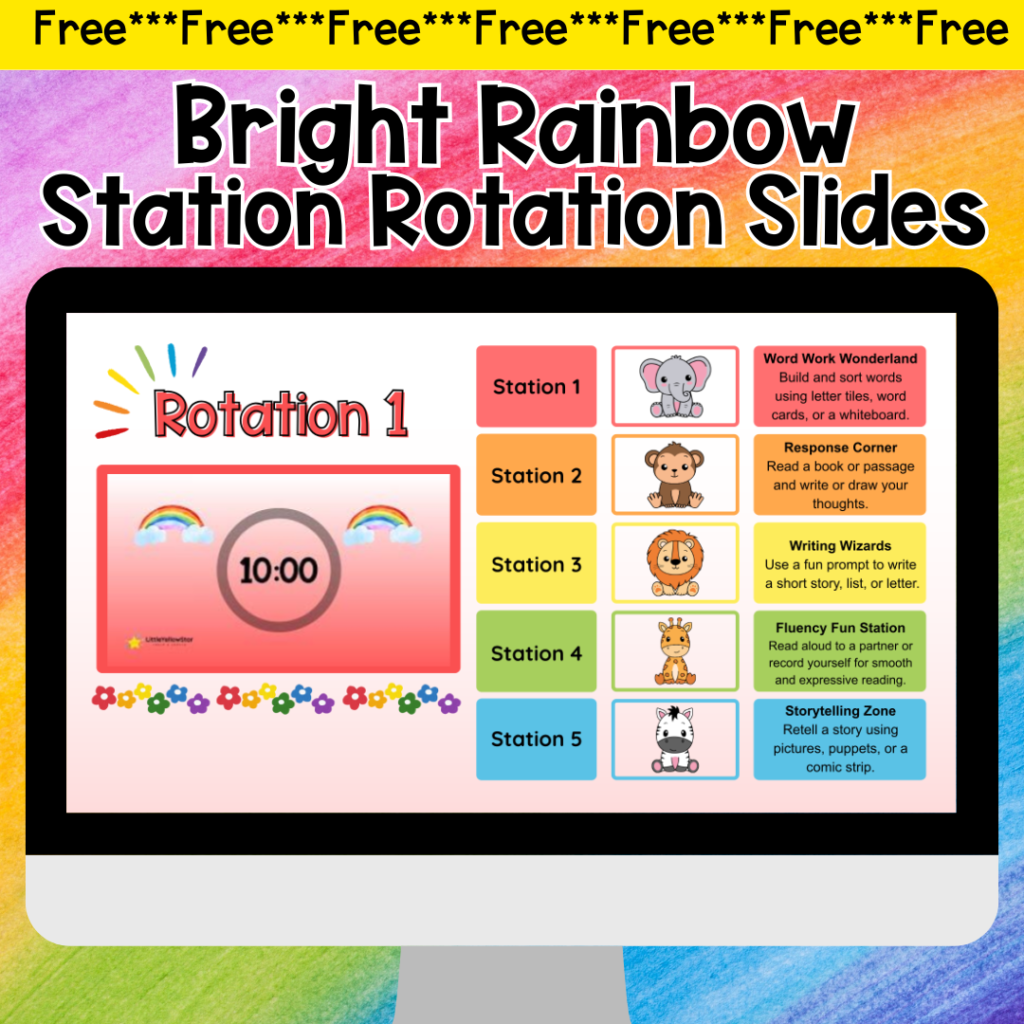Timers are a simple yet powerful classroom management tool. They do more than just track time—they help students stay focused, organized, and engaged while also making teachers’ lives easier. Whether during transitions, small group activities, or workshops, timers offer several advantages that enhance the classroom experience for everyone involved.
In this post, we’ll explore 4 key benefits of using timers in the classroom and how they can transform your teaching routine.
4 Benefits of Timers in the Classroom
1. Timers Create Smooth Transitions
Transitions between activities, subjects, or stations can often lead to disruptions and wasted time. Timers are a powerful tool to streamline these moments by providing students with a clear and consistent signal that it’s time to wrap up one task and move on to the next.
Key Benefits of Timers for Transitions:
- Time Awareness: Timers give students a clear sense of how much time remains, helping them manage their tasks effectively and avoid last-minute rushing.
- Minimized Disruptions: By reducing dawdling and creating a sense of urgency, timers encourage students to transition efficiently and stay focused.
- Classroom Routine: Regular use of timers establishes a predictable structure, so students know when to expect transitions, promoting consistency and reducing anxiety.
Why It Works:
Fewer disruptions mean smoother transitions, giving teachers more time to focus on instruction and students more time to engage with their learning activities.
Timers create a routine students can rely on, ensuring a more organized and productive classroom environment.
2. Timers Keep Small Groups on Task

In small group settings, maintaining focus and momentum can be a challenge. Timers provide a structured way to ensure each group stays on task and completes their activities within the allotted time. By creating clear time boundaries, timers help groups remain productive and engaged.
Key Benefits of Timers for Small Groups:
- Structured Group Time: Timers break group work into manageable intervals, helping students stay on track and complete each phase of the task effectively.
- Accountability: Knowing that time is being tracked encourages students to take ownership of their responsibilities and collaborate efficiently.
- Balanced Participation: Timers can help ensure equal participation by allowing students to rotate roles or complete tasks within a set timeframe, promoting fairness and teamwork.
Why It Works:
Timers create accountability and structure, which are essential for keeping small groups focused and productive. This helps prevent wasted time, ensures balanced contributions, and allows students to achieve their goals within the activity period.
3. Timers Encourage Engagement During Workshops
Workshops and hands-on activities are great for active learning, but they can sometimes lead to students losing track of time and leaving tasks unfinished. Timers provide the structure needed to keep students engaged and help them effectively manage their time.
Key Benefits of Timers for Workshops:
- Pacing: Timers encourage students to break down their tasks into manageable sections, helping them pace themselves and avoid spending too much time on one part of the workshop.
- Motivation: Knowing there’s a set amount of time creates a sense of urgency, motivating students to stay focused without feeling overwhelmed.
- Clear Expectations: Timers clearly define how long students have for each part of the workshop, eliminating confusion and helping them plan their time effectively.
Why It Works:
Timers help students stay on task, keep them engaged, and ensure workshop goals are completed within the allotted time. This leads to a more productive and enjoyable workshop experience for both students and teachers.
4. Timers Reduce Anxiety and Promote Independence

Timers are not just tools for managing activities; they can also help students who struggle with time management or feel anxious about completing tasks. By providing clear time cues, timers create a sense of control and help students build confidence in managing their own workload.
Key Benefits of Timers for Reducing Anxiety and Encouraging Independence:
- Stress Reduction: Timers offer a visual or auditory cue, helping students understand how much time they have left. This reduces the uncertainty that can lead to anxiety, allowing them to focus on their work.
- Independence: With timers in place, students learn to manage their time on their own, reducing their reliance on teacher prompts. This promotes self-regulation and builds essential time management skills.
Why It Works:
Timers support emotional regulation by creating a predictable environment where students feel in control. Over time, they also foster independence, empowering students to take ownership of their tasks and manage their time effectively.
Are You Ready to Add Timers into Your Classroom Routine?
Incorporating timers into your classroom routine during transitions, small groups, and workshops can have a transformative impact. Timers promote smoother transitions, keep small group work focused, boost engagement during workshops, and help reduce anxiety while fostering independence.
By providing structure and clear expectations, timers ensure that students remain productive and on task while building critical time management skills. They’re a simple yet highly effective tool that benefits both teachers and students.
Integrating timers into your teaching routine can create a more organized and efficient classroom environment—one where students feel confident, engaged, and ready to succeed.
Check out my YouTube channel for ready-to-use timers and tips on how to incorporate them into your classroom!
Prima from LittleYellowStar
* * *












